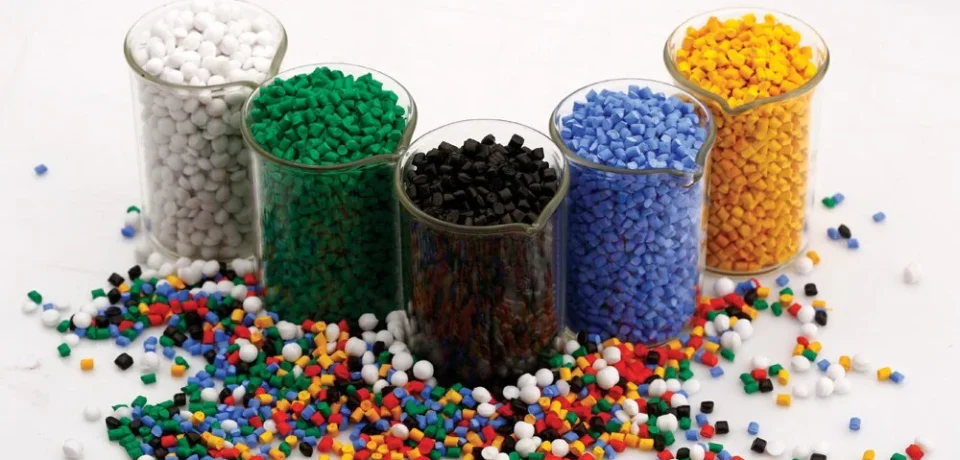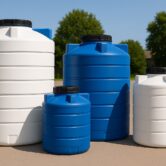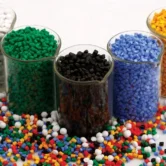
Understanding HDPE Polymer: Types, Trends & Tomorrow
In the vast world of plastics, HDPE (High-Density Polyethylene) stands out as one of the most versatile, durable, and widely used polymers today. Whether it’s the milk bottle in your fridge or the underground water pipe running through cities, HDPE plays a crucial role in our daily lives and industrial infrastructures.
What is HDPE Polymer?
HDPE is a thermoplastic polymer made from petroleum. It is known for its:
- High strength-to-density ratio
- Chemical resistance
- Weather durability
- Flexibility in molding and design
This makes HDPE an ideal material for a broad range of applications — from packaging and piping to construction and automotive parts.
Virgin vs. Recycled HDPE: What’s the Difference?
| Feature | Virgin HDPE | Recycled HDPE |
|---|---|---|
| Source | Made directly from petroleum | Made from post-consumer HDPE waste |
| Purity | 100% pure, no contaminants | May contain slight impurities |
| Strength & Quality | Higher tensile strength, better finish | Slightly lower strength & color variation |
| Applications | Food-grade packaging, pharma, medical | Pipes, bins, industrial use, non-food packaging |
| Cost | More expensive | More affordable |
| Environmental Impact | High carbon footprint | Eco-friendly, supports circular economy |
In short, virgin HDPE is chosen for high-performance and sensitive applications, while recycled HDPE (rHDPE) is preferred for cost-effective, sustainable manufacturing.
HDPE Polymers: The Backbone of Modern Manufacturing
- qmwsu
- June 17, 2025
In the vast world of plastics, HDPE (High-Density Polyethylene) stands…


